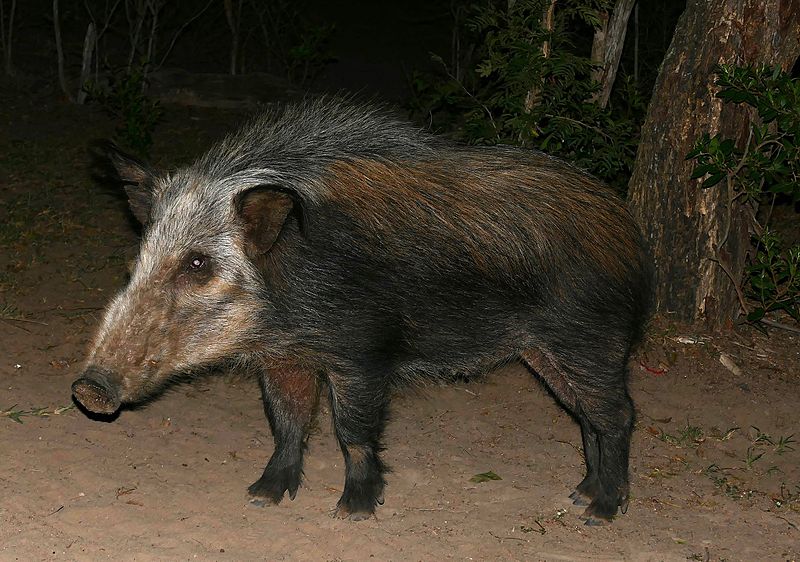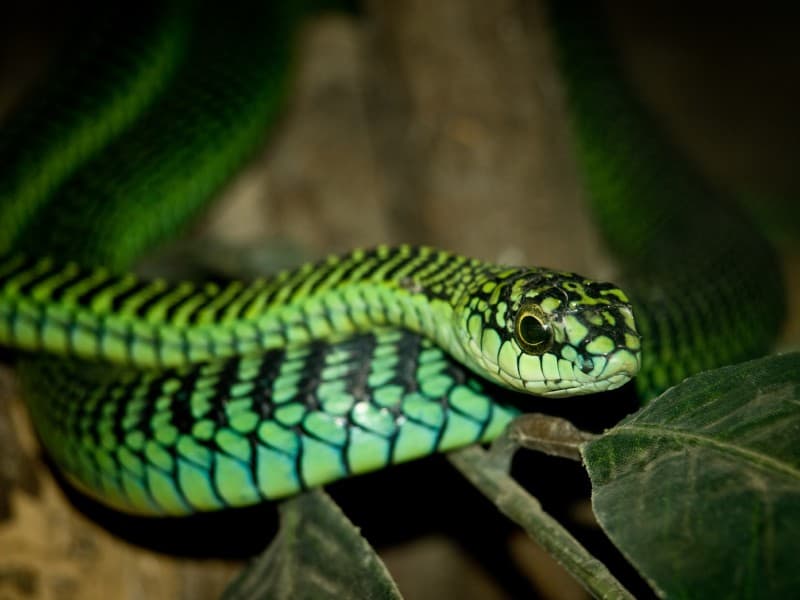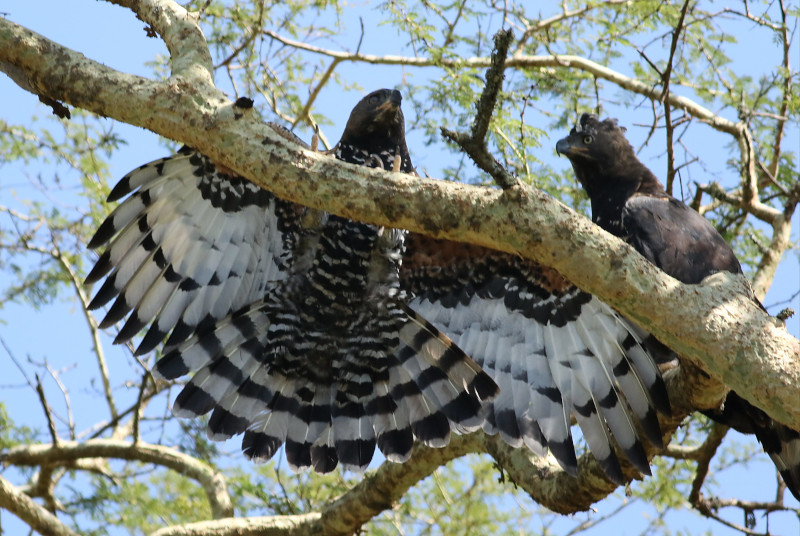Crowned Eagle Facts
- The distinctive, not to mention regal, appearance of the Crowned Eagle makes this majestic animal easily recognizable. But the fabulous species of avian also goes by the alternate common names of the crowned hawk-eagle and the African crowned eagle.
- Inside of the scientific community, however, it’s perhaps better known by its technical designation. Like many such titles, though, that’s extremely hard for the layperson to pronounce. That’s because it holds the formal epithet of Stephanoaetus coronatus.
- The majestic animal received that tag due to the efforts of the esteemed Swedish zoologist Carl Linnaeus. He accomplished the first recognition of it as a separate and distinct species. He also managed that scientifically noteworthy deed in the year 1776.
- This species also remains known for a particular behavioral characteristic. This occurs specifically due to its extremely skittish behavior, even compared to related species. But, the species also has a reputation for being an exceptionally powerful raptor.
- Sadly, however, the IUCN currently lists the stunning Crowned Eagle as Near Threatened. That ranking appears on the organization’s Red List. Quite sadly, it occurs because experts estimate that fewer than 1,500 members of this species remain extant.
- Unfortunately, like many other creatures, the wonder faces the threat of imminent extinction. Also like many others, the primary threat that it faces appears to be habitat loss. Nevertheless, though, various other factors also add to its precarious situation.
Related Articles




Crowned Eagle Physical Description
Clearly, in terms of size and beauty, the Crowned Eagle constitutes a highly impressive creature. This further holds true even when compared to other raptors. That remains true due to the fact that the bird ranks as the fifth largest known variety of eagle on earth.
Like many related species, the magnificent creature also displays a moderate degree of the physiological characteristic of sexual dimorphism. In its specific case, this manifests in size, with males being smaller in overall measurments than their female counterparts.
Due to this, the female of the impressive species averages about 15% larger than the male. Some individuals measure as much as 39 in (99 cm) in length. Particularly exceptional individuals also sometimes weigh up to 10.5 lb (4.7 kg), though most mass less.
A wingspan for this wonder of Nature and evolution, meanwhile, sometimes reaches as much as 6 ft (1.83 m). Yet, its marvels don’t end there. The powerful talons also grow exceptionally large and powerful. These features often measure as much as 4 in (10 cm).
The coloring of the winged beauty evolved in an especially amazing pattern. This typically consists of a mottled combination of brown, black, white, and gray, as mature adults. Infants, howver, typically display white and black, with smaller traces of pink on the chests.
Amazingly, the head of the gorgeous Crowned Eagle further serves to distinguish it among its peers. To be more precise, the head of the magnificent avian develops topped with a distinctive crest. This provides it with a highly distinctive triangular appearance.
- Kingdom: Animalia
- Phylum: Chordata
- Class: Aves
- Order: Accipitriformes
- Family: Accipitridae
- Genus: Stephanoaetus
- Species: S. coronatus
Crowned Eagle Distribution, Habitat, and Ecology
The Crowned Eagle evolved as endemic to a moderately large portion of the globe. This magnificent bird presently inhabits a wide swathe of Africa. Scattered individuals occur in small numbers across a vast range that extends from the country of Ethiopia to Angola.
This avian has a decided preference for certain regions. It mainly inhabits dense forests, including the African rainforest regions. The bird , however, shows itself be adaptable to other regions when necessary. Some reside at altitudes of as much as 9,800 ft (3,000 m).
Like all known eagles, the powerful predator also evolved an entirely carnivorous nature. In its specific case, however, it primarily preys on mammals, and in fact, fills a unique niche. Intriguingly, it represents the only known variety of avian to prey mostly on primates.
Because of this fact, smaller species of monkeys comprise roughly 90% of its diet. But, it also doesn’t shy away from larger prey. This holds true since the astounding Crowned Eagle also sometimes preys on animals weighing as much as five times its own weight.
Thankfully, steps have now been taken to assist in the survival of the truly amazing animal. Quite fortunately,the species now has legal protection throughout most of its habitat range. Most unfortunately, howver, its numbers continue to diminish rapidly.
The distinctive raptor also evolved specific patterns pertaining to mating. Uniquely, it typically reproduces every two years. It builds its nests high in the local tree canopy. Much like other species, both genders usually share in caring for the eggs and raising the young.
Species Sharing Its Range



Check out our other articles on Earth’s Geothermal Marvels, Spotted Handfish, Wadi Rum, Honduran Rosewood, Golden Armadillo Lizard, Ocean Quahog, Saiga Antelope, California Mantis











Thank you for the information on the Crown Eagle, as a writer myself, you should always proofread your work. There’s a few slight imperfections and you don’t want to display your work that way. Please take no offense. It’s just good looking out☺️
Thank you Shannon for looking out for us, we appreciate it. I will make no excuses, simply offer an explanation. When Our Breathing Planet first began, we had no experience at writing such articles, or publishable writing of any kind for that matter. Understandably, therefore, a steep learning curve existed, especially since we are not professional scientists or researchers, merely individuals greatly impassioned by the subjects/topics we post about. This particular article was one our earlier publications. Given that, it understandably lacked polish.
But we do thank you for bringing it to our attention. The mere fact that you notice the imperfections indicates that you were paying attention, which we appreciate. For what it is worth, we are currently in the process of going back through earlier articles, and updating (and thereby improving) them. The process is prohibitively time-consuming, however, given the sheer number of older articles involved, so please bear with us!
Sincerely,
Todd